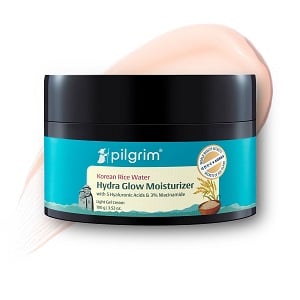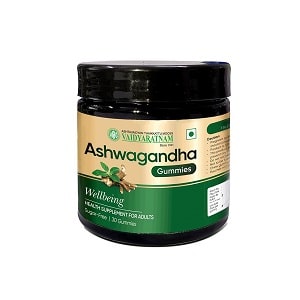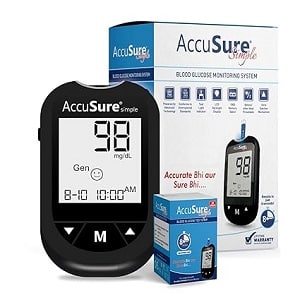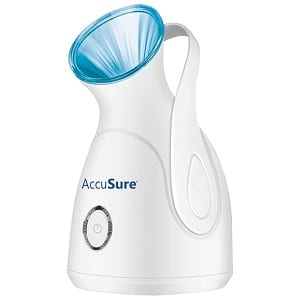NASA recommended us 7 best Indoor Plants to remove Airborne Toxins that are available in our rooms. Now a days everyone is stressed for poor air quality inside our home or outside.
Here are best 7 Indoor Plants that can help you to clean your Airborne toxins available inside your house., you can plant them inside you bedroom, kitchen, lawn, living room or any where in your house.
These plants required very less water and care, these are best for parenthood who required low maintenance plants for their house. Air purifying plants are very popular amount plant parents.
Bill Wolverton, a former NASA research scientist, recommended that plant at-least two plants per 100 square feet to improve air purification.
Snack Plant
The snack plant is one of the best indoor plant that requires very less care.NASA’s study confirmed its ability to remove benzene, formaldehyde and trichloroethylene which are common indoor toxins found in paints, adhesives and cleaning agents. you can place it any where in house.
Peace Lily
as its name it gives you peace, NASA’s research showed it could remove multiple airborne pollutants including benzene, formaldehyde, ammonia and trichloroethylene.
Bamboo Palm
NASA’s tests showed this palm effectively filtered benzene, formaldehyde and trichloroethylene, all commonly released by furniture and synthetic materials. As a bonus, it’s a natural humidifier, which makes it well suited for dry climates or spaces with central heating.
English Ivy
NASA identified it as one of the most effective plants for reducing benzene, formaldehyde, xylene and toluene, which are compounds often found in synthetic fabrics and plastics.
Red-Edged Dracaena
NASA found its ability to remove multiple toxins, including benzene and trichloroethylene. Its stature makes it ideal for flanking furniture or filling unused corners in loft-style apartments or contemporary homes.
Florist’s Chrysanthemum
NASA’s study, capable of removing benzene, formaldehyde and ammonia from indoor air.
Weeping fig
NASA found it effective in removing formaldehyde, a gas commonly released by carpeting, plywood and upholstery. It’s well placed in living rooms where height is needed.






